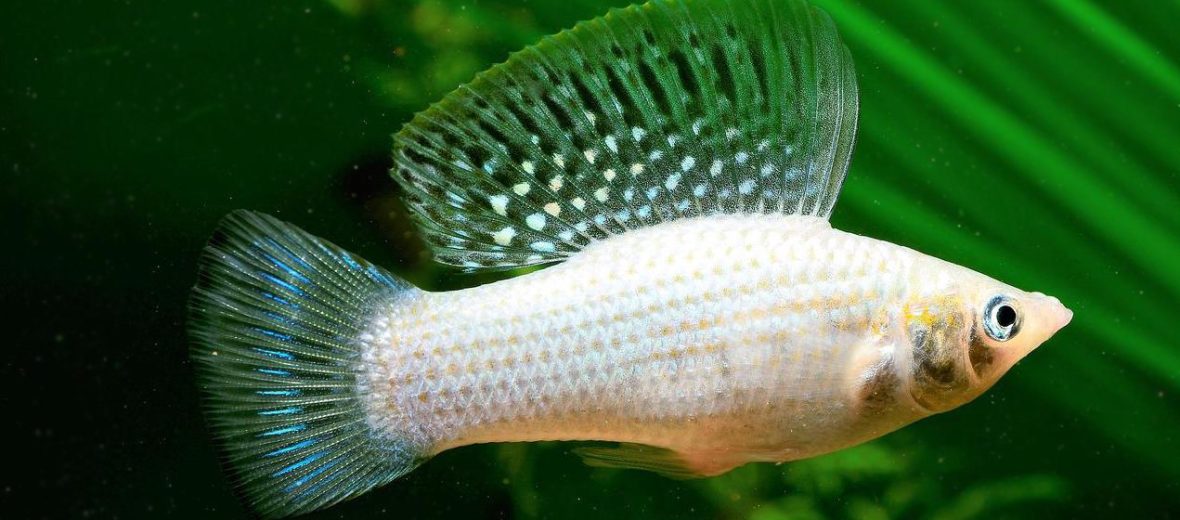
Perhaps, the most commonly kept fish species in the aquarium trade is the molly, aka common molly, shortfin molly, or sailfin molly. These hardy and attractive fish can tolerate a wide range of water qualities and can even survive in brackish water (water with a slight salinity “salt content”). Wild populations hail from El Salvador, Guatemala, Honduras, Veracruz, Chiapas, and Oaxaca. But they are most commonly found as captive species, in home aquariums; as they readily breed in captivity.
First the Stats…
Scientific name: Poecilia sphenops
Weight: Up to 2+ ounces
Length: Up to 6 inches
Lifespan: Up to 5 years
Now on to the Facts!
1.) These fish are diurnal (active during the day).
2.) In the wild, mollies are impacted by anthropogenic activities like deforestation in upper portions of the basin, dam construction, and the oil & gas industry in the lowlands.
3.) Although these fish typically make great community aquarium fish, males (especially in the case of sailfin mollies) tend to be a tad defensive towards weaker and smaller fish.
4.) Even though they can tolerate water with a slight salinity, these fish spend little time in brackish water before returning to their freshwater biotope.
5.) While bearing a slight resemblance to platies, swordtails, and guppies, mollies tend to be more energetic and boisterous.
But wait, there’s more on the molly!
6.) Not withholding any unusual and/or creative morphologies, mollies can be found in a host of varieties like the common (or shortfinned), golden, black, white, balloon, lyretail, and dalmation.
7.) These fish bear live young that are born predominantly precocial (self-sufficient at birth).
Did you know…?
The fry (young) of these fish are able to swim and even feed, just hours after birth.
8.) Females can store the male’s sperm for months and continue to produce fry, multiple times, from a single fertilization. So, be warned, if you have a male/female pair in your aquarium. Because it’s about to get real crowded in there… real quick. That is if the parents don’t eat their babies first.
9.) The female produces 100 +/- fry each time.
10.) The unfortunate part of molly life is that cannibalism runs strong in these fish and the adults will, most certainly, feast upon their newborns with great vigor, if the fry don’t escape and hide.
But wait, there’s still more on the molly!
11.) These fish are omnivores (eat plant and animal matter) that consume planktonic organisms, smaller fish, smaller water insects, their own young, and various plant matter, like algae.
12.) When housing them with other fish, be certain that you house them with other peaceful fish, preferably without flowing fins, as if you house them with larger and more defensive fish, the molly will end up as another fish’s meal.
13.) They come in a variety of colors too, like black, chocolate, gold dust, green, orange, white with black spots, and more.
14.) Mollies are very adaptable and able to handle not only slight salinity, but also a varying set of water conditions before falling ill.
Now a Short Molly Video!
Be sure to share & comment below! Also, check out the Critter Science YouTube channel. Videos added regularly!
Want to suggest a critter for me to write about? Let me know here.
Think you know a lot about critters? Try your hand at these fun, free quizzes:



